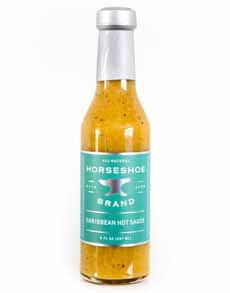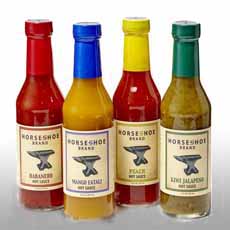|
Here’s something new in the category of non-nut butters, a category that includes coconut butter, cookie butter, soy nut butter and sunflower seed butter.
Introducing Kween Granola Butter, a slightly-sweet spreadable made with granola’s rolled oats, maple syrup and cinnamon. It’s non-GMO and contains no refined sugars.
And you can give it as stocking stuffers or small gifts.
There are currently three flavors of Kween Granola Butter:
Original
Original with Collagen Peptides (more protein: see below)
Pumpkin Spice (seasonal)
The wholesome ingredients are wholesome:
Gluten-Free Organic Rolled Oats
Golden Flax
Olive Oil
Coconut Oil
Maple Syrup
Cinnamon
Optional Collagen Peptides (see below)
Per serving, these power-packed ingredients contain 4g of protein in Original, 7g of protein in Original With Collagen Peptides, 5% DV of fiber from golden flax, healthy fats and under 3g of sugar.
HOW TO USE GRANOLA BUTTER
Use it like any nut butter or non-nut butter.
Spread it.
Eat it from the jar.
Add it to smoothies.
Bake with it.
Mix it into dips and vinaigrettes.
You can even make Granola Butter Milk.
WHAT ARE COLLAGEN POLYPEPTIDES?
Collagen peptides are a cold-soluble, easily digestible and highly bioactive form of collagen.
Although they are not exactly the same as gelatin, both originate from collagen and are proteins made of amino acids. Here’s more about them.
GET YOUR GRANOLA BUTTER
One 10-ounce jar is $12.95, with discounts for multiple jars.
Head to Kween.co.
|
|
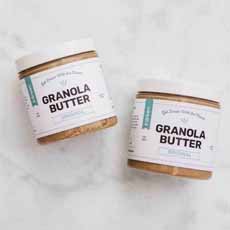
[1] Kween Granola Butter, in Original and Original With Collagen Polypeptides for more protein. All photos courtesy Kween.
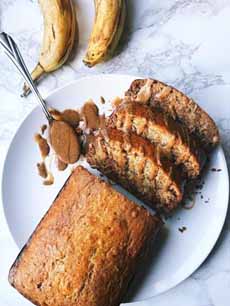
[2] Bake banana bread, bars, cookies, and make Rice Krispie Treats and Granola Butter Cups (like PB Cups).
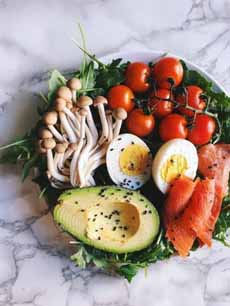
[3] Whisk some into vinaigrettes, dips and sauces.
|

